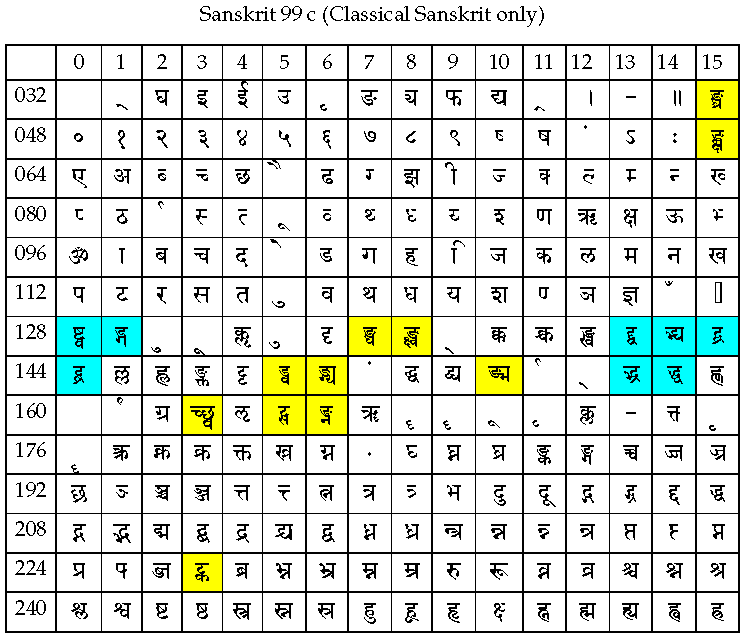
Devanagari Pdf Writing
This article needs additional citations for. Unsourced material may be challenged and removed. ( February 2011) () This article contains. Without proper, you may see, misplaced vowels or missing conjuncts instead of Indic text. There are several methods of from to the (a process known as ) which share similarities, although no single system of transliteration has emerged [ – ] as the standard. This process has been termed Romanagari, a of the words Roman.
Sanskrit and Prakrit (in Devanagari script). When Sanskrit is written in another script, the corresponding letters in that script are transliterated according to this. Unity3d obfuscator keygen crack free version. Intro #3: Devanagari - The Hindi Alphabet! A transliteration tells us how to pronounce this word by writing it in English letters, so for this word we’d write pyaar - that’s approximately how the word is pronounced! The transliteration will always be in italics - but you should not learn to rely on it!
(Devanagari is the name of the script in which Hindi is written). Sample modeling the trumpet serial no more. The term may also be used for other languages that use Devanagari as the standard writing script, such as,. Main article: The (IAST) is a subset of the standard, used for the transliteration of, and into Roman script with diacritics. Is a widely used standard. It uses to disambiguate phonetically similar but not identical Sanskrit glyphs. For example, dental and retroflex consonants are disambiguated with an underdot: dental द=d and retroflex ड=ḍ. An important feature of IAST is that it is losslessly reversible, [ ] i.e., IAST transliteration may be converted to Devanāgarī or other South Asian scripts without ambiguity and with correct Devanāgarī spelling.
Many Unicode fonts fully support IAST display and printing. Hunterian system [ ]. Main article: A standard convention not just for Devanagari, but for all South-Asian languages was codified in the ISO 15919 standard of 2001, providing the basis for modern digital libraries that conform to International Organisation for Standardisation (ISO) norms. ISO 15919 defines the common Unicode basis for Roman transliteration of South-Asian texts in a wide variety of languages/scripts. ISO 15919 transliterations are platform-independent texts so that they can be used identically on all modern operating systems and software packages, as long as they comply with ISO norms.
This is a prerequisite for all modern platforms so that ISO 15919 has become the new standard for digital libraries and archives for transliterating all South Asian texts. [ ] ISO 15919 uses to map the much larger set of graphemes to the Latin script. The Devanagari-specific portion is nearly identical to the academic standard,: 'International Alphabet of Sanskrit Transliteration', and to, the United States Library of Congress standard. Another standard, (UNRSGN), was developed by the United Nations Group of Experts on Geographical Names (UNGEGN) and covers many Brahmic scripts.

There are some differences between ISO 15919 and UNRSGN. ASCII schemes [ ] Harvard-Kyoto [ ].
Welcome to the compilation of Sanskrit Documents displayed in Devanagari, other Indian language scripts, and IAST transliteration format. The choice of script can be changed using the change language drop down menu on top right. In addition to the Sanskrit texts, you will find here various tools and links for learning Sanskrit. We have also compiled long lists of,,,, and on the internet. Such as Complete Narayaneeyam, Surasa.net, SETU, Uma sahasram, Purana Index, and giirvaani, translations of Sanskrit Classics, are hosted here.
We encourage you to participate in these efforts by implementing available resources to make Sanskrit/Samskritam learning easier. Consider joining the online lively discussions on the Sanskrit language and literature in the and the group. We recommend listening to the from All India Radio (AIR) and subscribing to. The links to online media are included for and.: Explore the which has description of menu icons and site details.